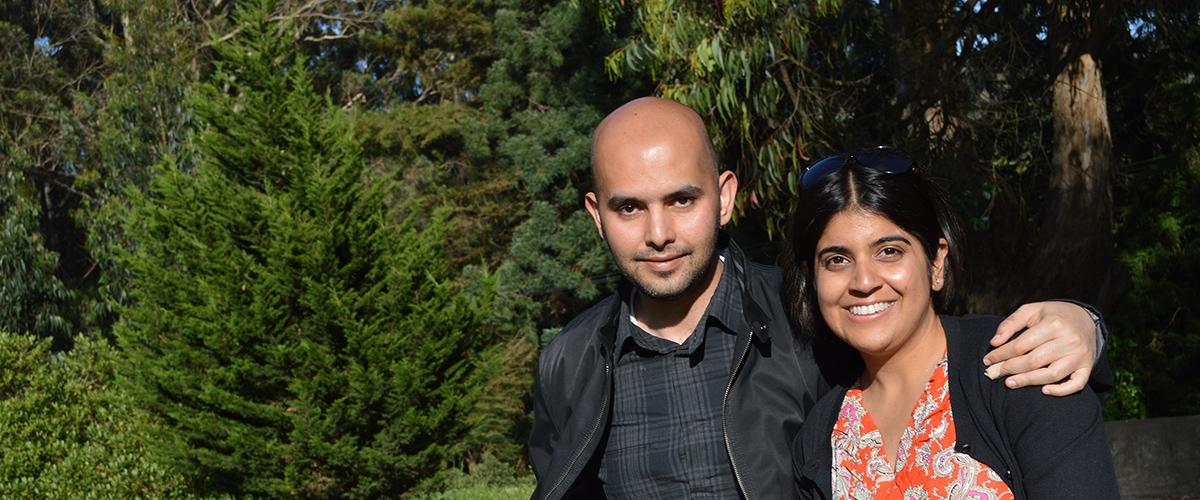Building a Better Mouse
MDF has entered into a one-year, $90,000 partnership with Dr. Cat Lutz and Jackson Laboratory (Bar Harbor, ME) to develop a new mouse model of myotonic dystrophy type 1 (DM1).
The most commonly used DM1 mouse model, the HSALR mouse developed in Dr. Charles Thornton’s lab, has been an invaluable contributor to the understanding of pathogenic mechanisms in DM1 and has served in the development of preclinical rationale (proof of concept) to drive clinical trials in DM1. HSALR mice exhibit aberrant splicing of many genes that are mis-spliced in DM1, including Clcn1 and, consequently, show prominent myotonia. However, this model has limitations that include expression of the untranslated CUG repeat in an mRNA unrelated to DM1, tissue-limited CUG repeat expression (e.g., absent from critical brain and heart tissues, since regulation is driven by the HSA promoter), and the mouse lacks many of the multi-systemic features of DM1.
The deficiencies of the HSALR mouse model may be a consequence of the insertion site, length, developmental expression and/or flanking sequences of the CUG repeat. The partnership with Jackson Laboratory addresses these issues by seeking to develop a DM1 mouse model that more closely mimics the genetics of DM1. Dr. Lutz will develop a BAC transgenic mouse with insertion of an expanded repeat tract DMPK gene and flanking regions isolated from a DM patient BAC library. This new mouse should better replicate the molecular and cellular pathogenic mechanisms that operate in DM1, and may then better express the wider organ system involvement that is seen in DM1 patients.
By working with Jackson Laboratory, MDF intends to have the new DM1 model readily available to both academic researchers and drug developers at modest cost and without Intellectual Property restrictions within the next 12 months.
Creation and Distribution of DM Cell Lines for Research and Therapy Development
MDF is collaborating with the Human Cell and Data Repository (NHCDR), a joint venture involving the National Institute of Neurological Disorders and Stroke (NINDS) and RUCDR Infinite Biologics at Rutgers University. The partners in the collaboration are dedicated to the development of new fibroblast and iPSC lines, including isogenic iPSC lines for neurological disorders.
Over the next year, the collaboration will develop DM1 and DM2 fibroblast cell lines and at least four iPSC lines each from DM1 and DM2 patient cells. Through this collaboration, we will achieve unencumbered access and distribution of cell lines essential to mechanistic and drug discovery studies in academia and companies.
Availability of quality controlled, isogenic iPSC lines will mitigate, if not eliminate, an early stage barrier to entry of biotechnology and pharmaceutical companies into high-throughput screening programs for DM1 and DM2. Given the multi-system consequences of DM, availability of iPSC lines is of particular importance, as they provide the means to derive myoblast, cardiomyoblast, neuronal, or other cell types for use in studies of tissue-specific disease mechanisms and/or testing and optimizing specifically targeted candidate therapeutics.
When available, the DM patient-derived cell lines will be accessed through the NHCDR on-line catalog. The ensuing collaboration between MDF and academic and government partners will assure the availability of critical patient-derived resources at modest cost and without Intellectual Property restrictions that could hinder commercial drug development.

